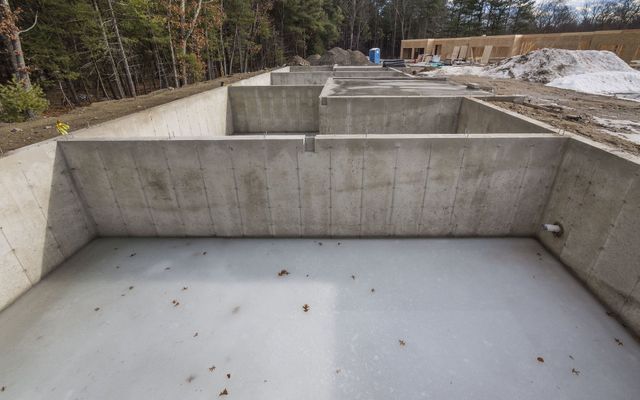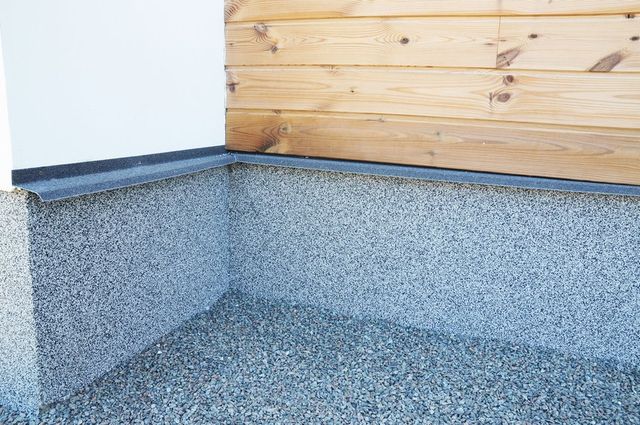Ramjacking Basement Floor
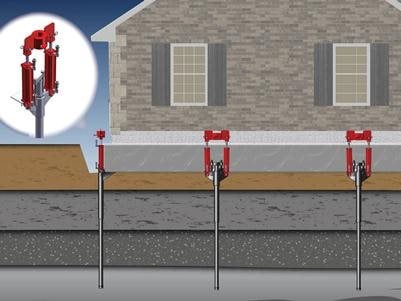
Once a source of moisture exists mold follow.
Ramjacking basement floor. Moisture and height enemies of basement subfloors. Noticeable height differences can be seen and cracks began to grow in size. Cracks in the basement floors. Traditionally houses were built over a crawlspace or basement the flooring was raised over the ground level.
Spalling of the basement floor is unsightly but still acceptable. In simple terms sheets of concrete were poured at grade and this became the level for the house s flooring. Heaving suggests that the soil beneath the basement floor is expanding. The sub base wasn t properly compacted and the concrete settled in one area causing the basement floor to sink and crack.
When there are cracks in your home s foundation it lets pressure force the water up into your basement. The truth is all concrete crack. Even if you do not expect catastrophic events such as flooring moisture can and probably will invade your basement since basements are nothing more than holes in the ground lined with concrete and moisture is pervasive in the ground water vapor will gradually work its way upward through concrete basement flooring and will condense. Heaving is especially common in areas with clay soil.
The sub base heaves and lifts the basement floor causing it to crack. Cracks with heaving are signs of a bigger problem that needs to be addressed. When a basement floor crack is combined with heaving this is a cause for concern. Risks of cracks in your basement floor water seepage.
Spalling or patches of surface flaking indicates that the concrete mix was too wet when poured. The ground underneath your foundation is full of moisture. While under construction the basement floor isn t heated in the winter and the dirt under the concrete freezes causing it to expand. Depending on the pattern of settlement a basement floor can settle significantly without any trip hazards forming at the cracks.
Make sure that all the curves are facing the same direction this will prevent the wall itself from having a curve in it. Finishing your unfinished basement is by far the least expensive way to add liveable square footage to your home. Foundation repair contractors don t do it twice. 6 types of basement floor cracks and what they mean.
Framing the walls ceilings and the miscelaneous nooks is the first step in a basement finish project unless you need to add a plumbing drain or sump pump in the floor or are cutting the concrete walls to add windows or a doorway. Check each stud for curves called the crown and mark each curve with an x. But as concrete became a predominant building material concrete slabs became the vogue. Left unchecked over time the cracks grow and the concrete begins to fluctuate.
Any cracks in your basement floor open you to the possibility of water seepage.










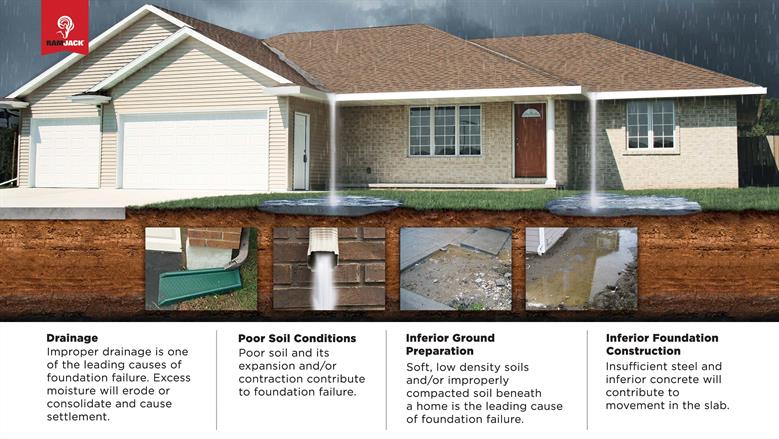
















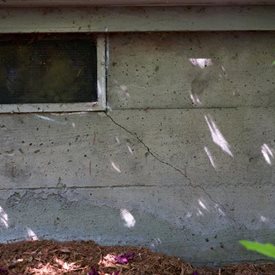

.png)











